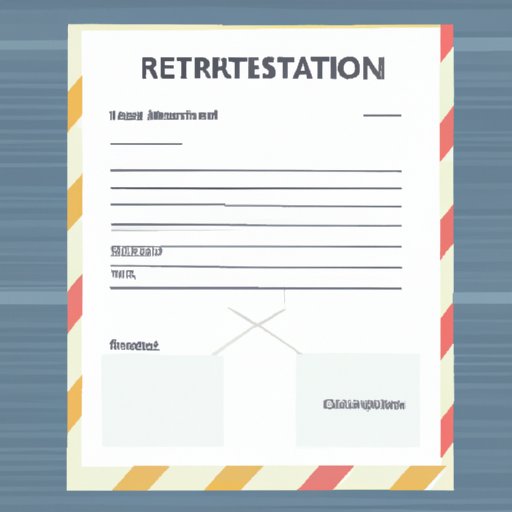Introduction
Writing a letter of recommendation can be a daunting task, especially if you haven’t done it before. The letter should provide insight into the applicant’s qualifications and demonstrate why they are a good fit for the position or program. To ensure that your letter is effective, it is important to know how to start it off on the right note. This article will provide a comprehensive guide on how to start a letter of recommendation.

Introduce Yourself and Your Relationship to the Applicant
The first step in writing a letter of recommendation is to introduce yourself and explain your relationship to the applicant. You should state your name, title, and any relevant credentials that make you qualified to provide the recommendation. Additionally, you should mention how long you have known the applicant and what context you interacted with them in. According to a study published in the Journal of Business Communication, “Letter writers should provide enough information about themselves so that readers can make an informed judgment about their competence to evaluate the candidate.”
Provide a Summary of the Applicant’s Qualifications
The next step is to provide a summary of the applicant’s qualifications. You should list any relevant academic qualifications, such as degrees or certifications, as well as any professional or extracurricular accomplishments. For example, if the applicant has held leadership roles or received awards, you should include those details. This will give the reader an idea of the applicant’s skill set and experience level.
Describe Specific Examples of the Applicant’s Strengths
Once you have provided an overview of the applicant’s qualifications, you should go into more detail about some of their strengths. Think about which attributes stand out the most and explain why they would benefit the organization. For instance, if the applicant is an excellent communicator, you could describe how this would help them build relationships with colleagues and customers. According to research from the Harvard Business Review, “The impact of strong interpersonal skills is clear: better communication leads to higher employee engagement, improved collaboration, and greater team productivity.”

Share Personal Experiences with the Applicant
In addition to providing an overview of the applicant’s qualifications and strengths, you should also share any personal experiences you have had with them. Describe any interactions you have had with the applicant and explain how these experiences illustrate their strengths. For example, if you have seen the applicant work with a team, you could mention how their leadership qualities helped the group achieve its goals.
Close the Letter with a Positive Statement
Once you have described the applicant’s qualifications and strengths, you should close the letter with a positive statement. Summarize why the applicant is an ideal candidate and encourage the recipient to contact you for further questions. For example, you could say, “I am confident that [name] will be an asset to your organization and I welcome any questions you may have.”

Include Contact Information for Further Questions
Finally, you should include your contact information at the end of the letter. Provide your name, title, email address, and phone number. Additionally, you can mention any other ways the recipient can reach you, such as through social media or by scheduling an appointment. This will make it easier for the recipient to get in touch with you if they have any follow-up questions.
Conclusion
Writing a letter of recommendation can be a challenging task, but following these steps can help you start off on the right foot. Begin by introducing yourself and explaining your relationship to the applicant. Then, provide a summary of their qualifications and describe specific examples of their strengths. Share any personal experiences you have had with the applicant and close the letter with a positive statement. Finally, include your contact information for any follow-up questions. With these tips, you will be able to write an effective letter of recommendation.
(Note: Is this article not meeting your expectations? Do you have knowledge or insights to share? Unlock new opportunities and expand your reach by joining our authors team. Click Registration to join us and share your expertise with our readers.)
